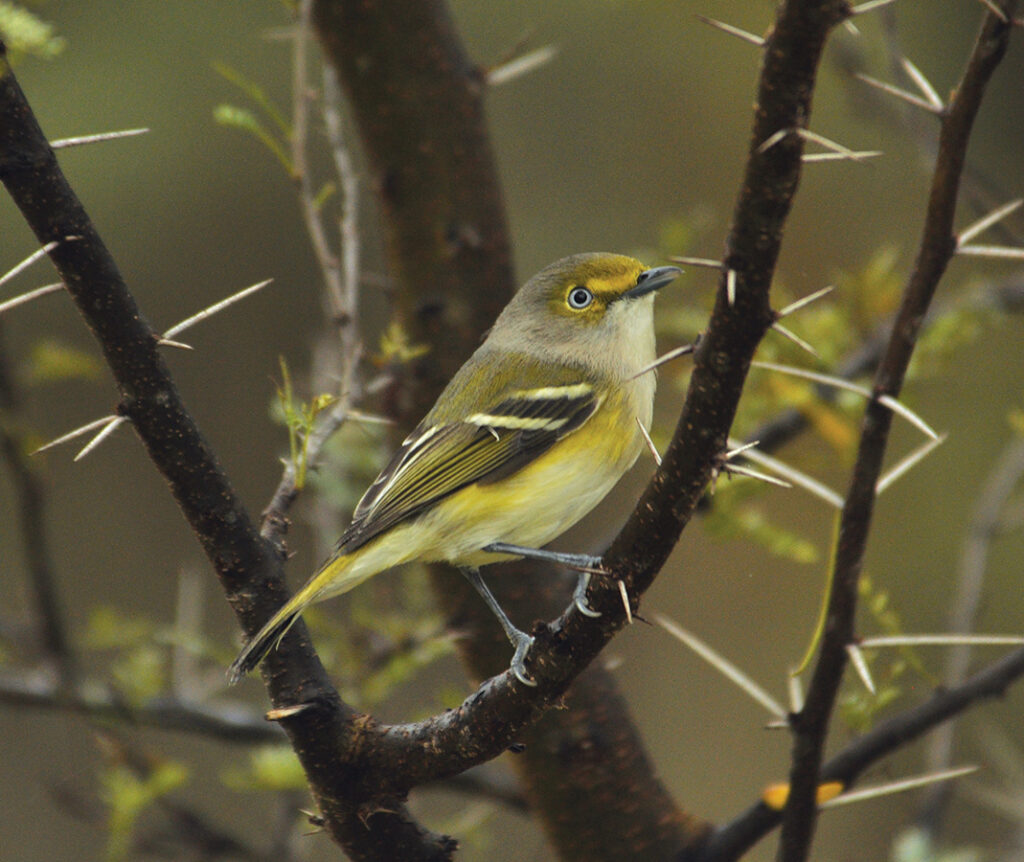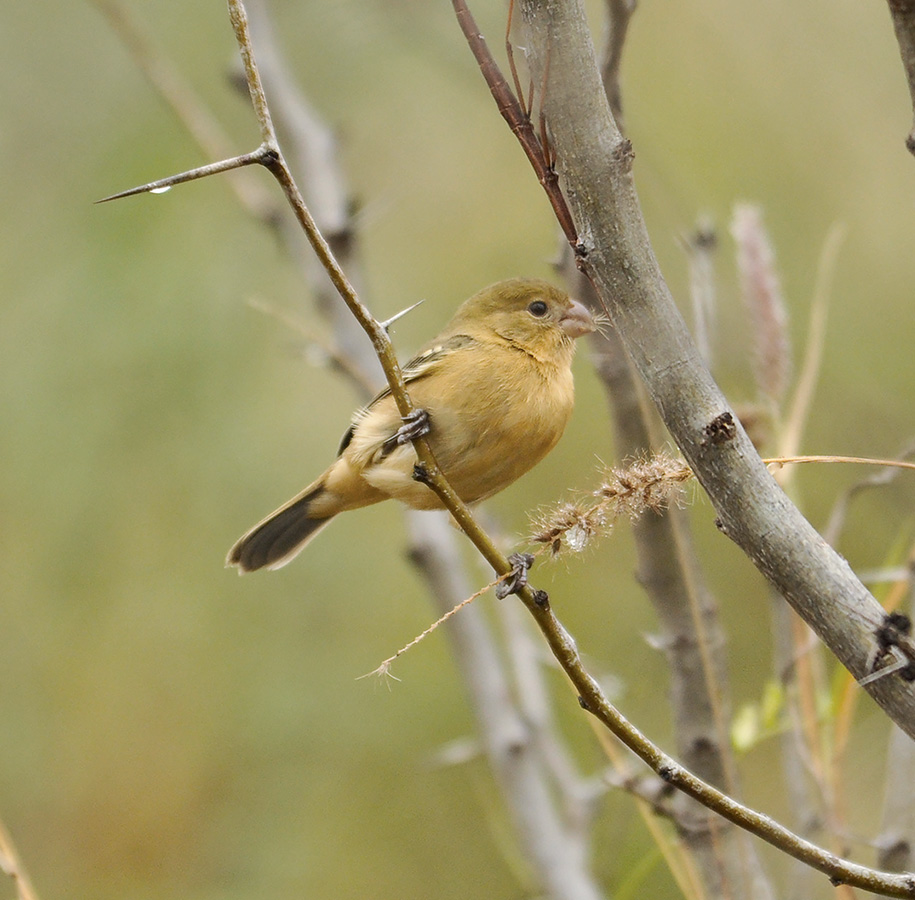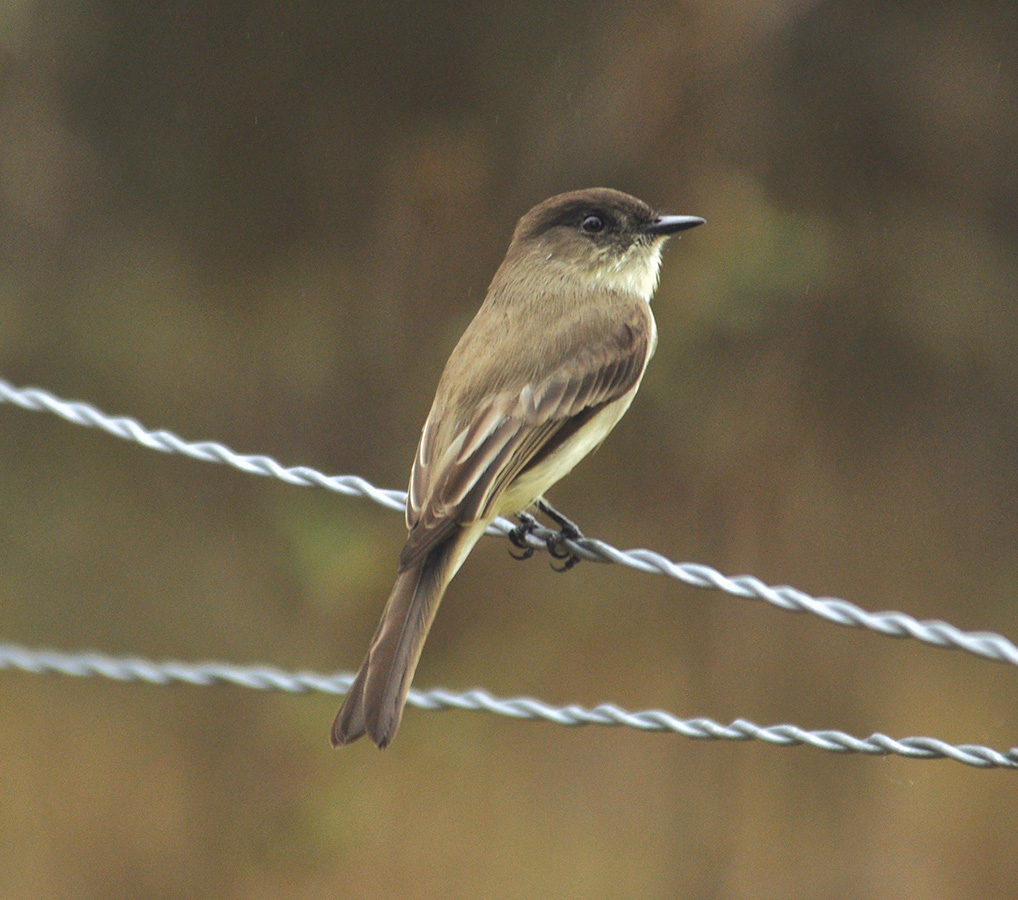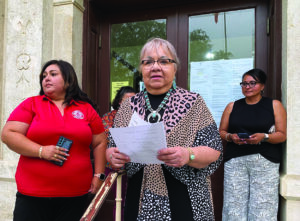By Karen Gleason
The 830 Times
First and foremost, I want to say a huge thank you from the heart to the volunteers who helped us count birds in the 2021 Audubon Society Christmas Bird Count in Del Rio on Monday, Dec. 27.
To Sally Anne Finkelstein, Eva Fromme, Sarah Howard, Georgina Schwartz and Jane Morain – Michael G. and I couldn’t have done this without you!
As noted in last week’s column, which dealt with the low numbers of birds in the Comstock Count, similarly low numbers emerged after the Del Rio Count.
Our four teams in the field counted a total of 80 species, when in a typical year we have between 110 and 120 species. As in Comstock, we were missing many migrant species like sparrows and warblers.
As I said last week, these low numbers worry me a great deal, so I am on the search now for answers, if there are any to be found.
Late last week, I emailed some friends in the Texas Ornithological Society and the Texas Parks & Wildlife Department’s state ornithologist, Clifford Shackelford.
Clifford replied quickly, and I’ve included his email in full here. He wrote:
“Thank you for reaching out. This year’s unseasonably warm fall and early winter may have resulted in delays of typical migratory events that push birds south for the winter. Many birds initiate migration with cold fronts, so it’s possible that the changes we’ve noticed are related to birds just not having arrived yet or ‘short stopping’ farther north of you.
“We’ve been getting reports like this for some time. We have noticed trends in long-term data sets over the past 50 years that are likely to explain observations like yours. Throughout North America, scientists have observed a disturbing trend of a decline in many groups of birds. Multiple ornithologists affiliated with governmental and non-governmental organizations released a surprising report in the journal Science in 2019 that detailed a net loss of 2.9 billion birds since 1970 throughout North America: https://www.3billionbirds.org/. The most common threats are habitat loss, pesticide use (particularly neonicotinoids, even found in common bird seeds), feral cats, and building collisions. We’re seeing these declines in every major group of birds except raptors and wetland birds such as ducks and geese. Raptors are increasing because of legal protections and the decline in the use of DDT. Wetland birds are increasing because there are dedicated funding sources for wetland creation and improvement.
“Coalitions across the country are joining together in support of a new bill in Congress, the Recovering America’s Wildlife Act. This bill would provide funding for declining and imperiled fish and wildlife species, as well as funds for nature education and outdoor recreation. More information can be found here: https://www.txwildlifealliance.org/
“There’s no question that long-term declines are resulting in low levels of many bird species. Many casual observers are noticing an absence of birds across the country. Some additional resources can be found here: https://www.birds.cornell.edu/home/bring-birds-back/.
“We also encourage all concerned bird lovers to upload observations to iNaturalist via www.iNaturalist.org or via the iNaturalist app and Ebird which is geared specifically to bird observations: https://ebird.org/home. Using these tools will let us know what birds you are seeing, and how their presence or absence may change over time. You may even be interested in Project Feeder Watch: https://feederwatch.org/. Community science data is vital to our efforts in conservation, and any wildlife or plant observation you make is helpful.”
I appreciate Clifford giving us some insight.
One of the first steps I will be taking is to be more rigorous when I am out birding and to make a real effort to post my observations on EBird and iNaturalist. I’m also planning to participate in Cornell University’s Project Feederwatch this year.
If any of you regularly feed birds in your yard and could help out with observations, please email me.
Thank you all for your care and concern!
Field Notes: A great big thank you to our friend Javier Martinez, a resident of Wernett Street in south Del Rio. He saw a duck tangled in fishing line while walking along the creek recently and didn’t hesitate to jump into the water and rescue the trapped bird. The true definition of cowboying up!
—
Contact the author at delriomagnoliafan@gmail.com









